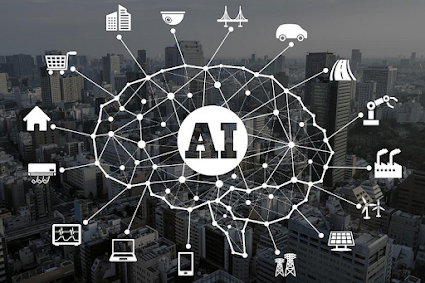Calculus: The Core of AI

Calculus in AI: The Hidden Engine Behind Smart Machines When we think about Artificial Intelligence (AI), our minds jump to robots, self-driving cars, or smart chatbots. But rarely do we think of something as humble (and sometimes dreaded) as Calculus. Yet, behind every intelligent system, there's a math engine making it all possible—and that engine is calculus. In this blog, we'll explore how calculus powers AI and statistics in a human-friendly way—no scary formulas, just real-world connections. Why Does AI Need Calculus? AI models learn by reducing errors. But how do they know how much to change, and in which direction? That’s where calculus comes in. Just like we adjust our actions based on outcomes, machines do the same—only they use calculus to guide them. Whether it’s optimizing predictions or updating weights in neural networks, calculus is the secret sauce. The Many Roles of Calculus in AI and Statistics Here are ten key ways calculus is used in AI, explained ...




